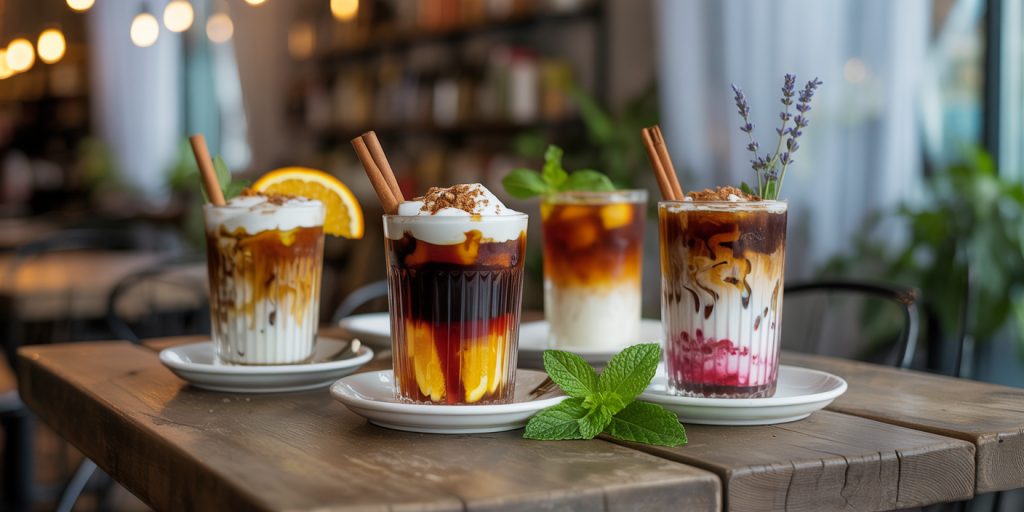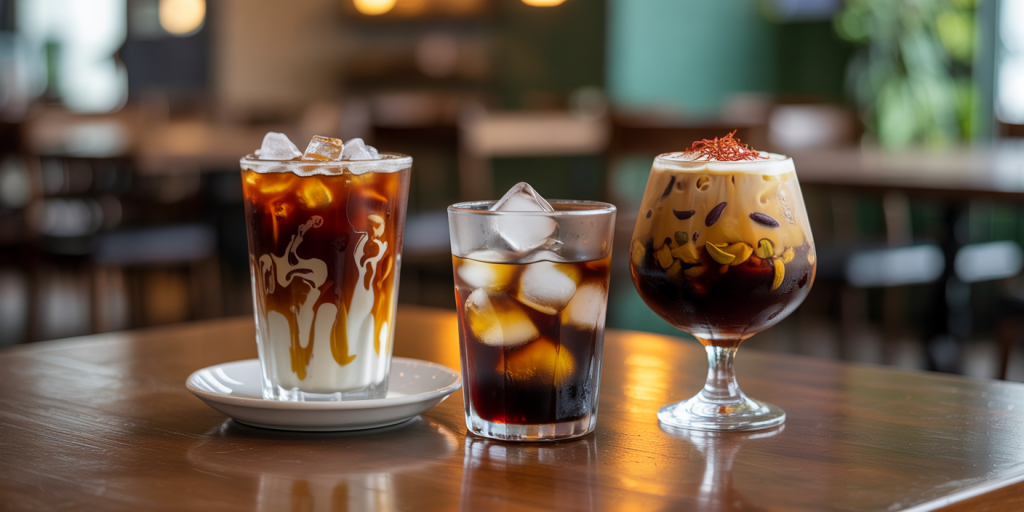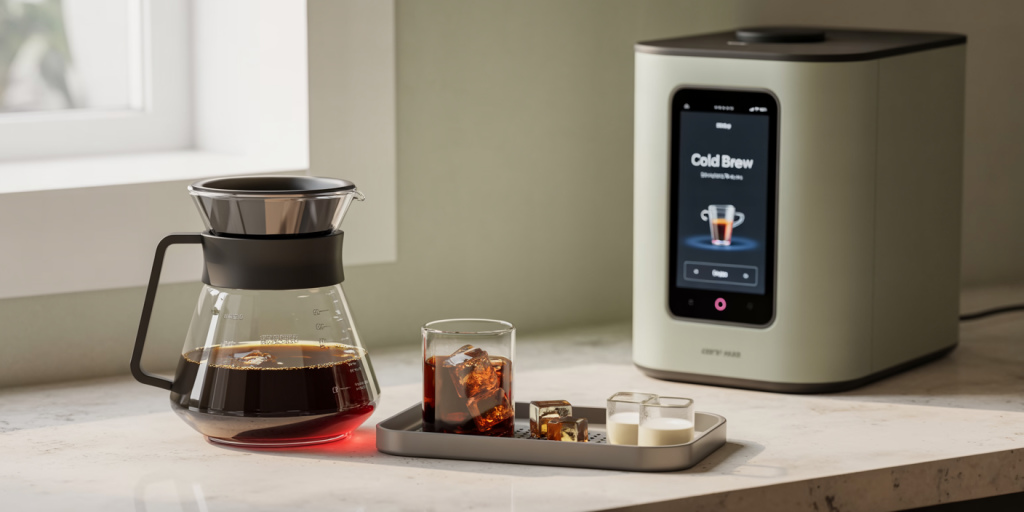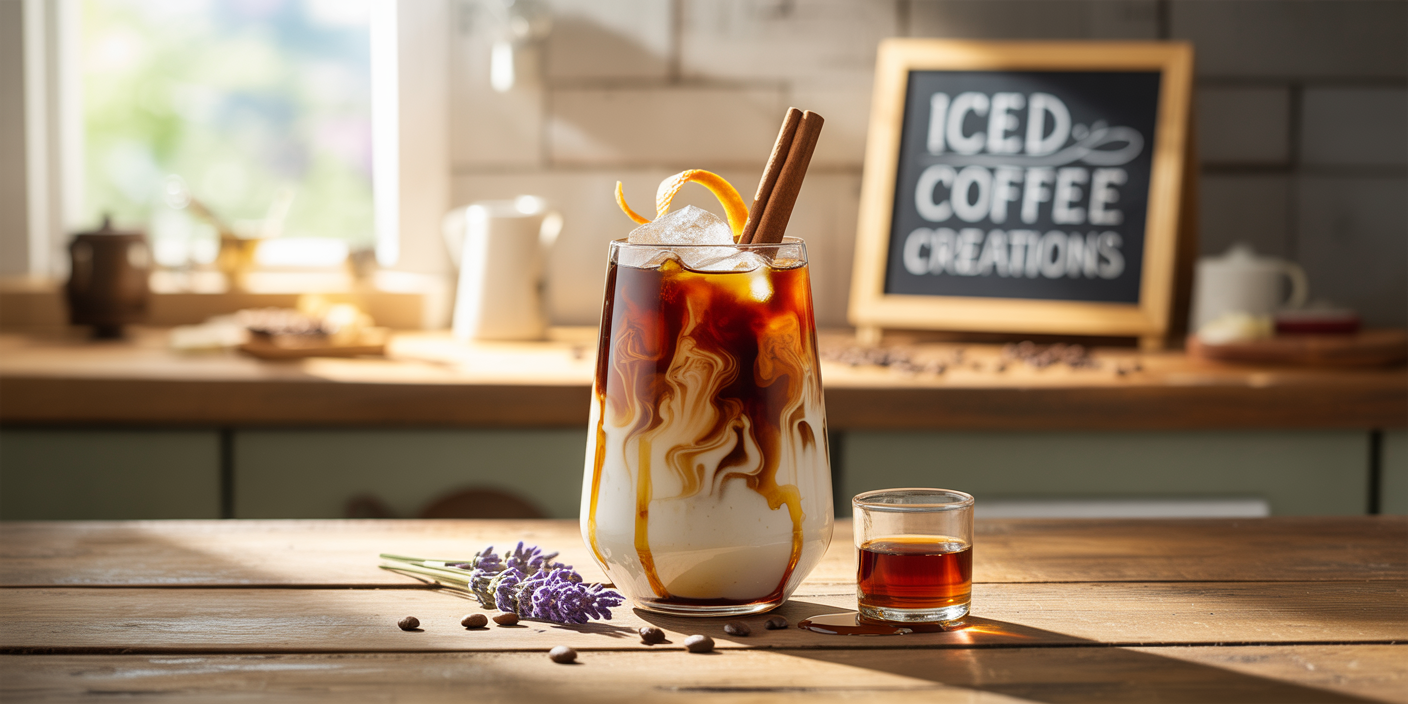Iced coffee has surged in popularity worldwide, transforming from a simple summer treat into an all-year-round beverage embraced by millions. According to a 2023 report by the National Coffee Association, approximately 44% of coffee consumers in the United States prefer their coffee cold during the warmer months, with a growing number opting for creative variations. This article explores a variety of inventive iced coffee recipes, highlighting unique flavor combinations, preparation techniques, and the role of key ingredients to inspire your next chilled cup.
Exploring the Growing Demand for Iced Coffee
The rise of iced coffee stems not only from climate trends but also from evolving consumer tastes. Millennials and Generation Z, in particular, show a strong preference for flavorful, visually appealing, and customizable coffee drinks. Social media platforms such as Instagram and TikTok have fueled this trend by popularizing aesthetically pleasing coffee recipes, often showcasing layered visuals and intricate designs.

Moreover, the iced coffee market is projected to expand at a compound annual growth rate (CAGR) of 7.9% from 2024 to 2030, according to MarketWatch. This growth will likely be propelled by innovations in both cold brew techniques and recipe diversification, making now an ideal time for coffee enthusiasts to experiment with creative iced coffee concoctions.
Classic Iced Coffee Reinvented: Beyond Basic Black
While the traditional glass of chilled black coffee remains a staple, adding subtle twists can significantly enhance its flavor profile and appeal. Sprinkling aromatic spices such as cinnamon or nutmeg offers a warm undertone that contrasts nicely with the chill of ice. For example, adding a cinnamon stick during brewing or dusting ground cinnamon atop finished drinks creates a comforting nuance that’s both simple and impressive.
Another flavorful method involves cold brewing coffee with citrus peels such as orange or lemon zest. This infuses the coffee with delicate citrus notes without overwhelming its natural bitterness. A 2022 study by the Coffee Science Foundation showed that citrus-infused cold brews received higher flavor ratings among participants, suggesting a positive consumer response to such complementary ingredients.
Complementing these ideas, substituting traditional sweeteners with natural alternatives like maple syrup, coconut sugar, or agave nectar can provide complex sweetness while maintaining a clean finish. These alternatives rank differently in terms of glycemic index and flavor compatibility, which we summarize below:
| Sweetener | Glycemic Index | Flavor Profile | Best for |
|---|---|---|---|
| Maple Syrup | 54 | Earthy, caramel-like | Balanced sweetness |
| Coconut Sugar | 35 | Mild caramel | Low glycemic diets |
| Agave Nectar | 15-30 | Very sweet, neutral | Vegan, diabetic-friendly |
International Inspirations for Iced Coffee
Diverse global coffee cultures provide abundant inspiration for refreshing iced coffee recipes. Vietnamese iced coffee (Cà phê đá) is renowned for its bold preparation, combining strong drip coffee with sweetened condensed milk served over ice. This tradition brings a rich, creamy texture and a potent kick, ideal for those who enjoy intense flavors.

Another distinctive style is the Japanese iced coffee, which involves brewing hot coffee directly onto ice, preserving the full aroma and acidity balance. This technique offers a lighter yet vibrant taste compared to cold brews, making it a favorite for coffee purists. Japanese cafes such as % Arabica have popularized this method globally, demonstrating its increasing acceptance.
Expanding on these methods, adding ingredients characteristic of various cultures can infuse creative twists. For instance, incorporating cardamom and saffron echoes Middle Eastern coffee traditions, delivering exotic spice notes that pair well with cold milk or plant-based alternatives. These combinations create a global fusion, enhancing iced coffee’s versatility and appeal.
Innovative Additions: From Herbs to Culinary Techniques
Taking creativity a step further, incorporating herbs like mint, basil, or lavender into iced coffee can elevate the sensory experience. Mint-infused iced coffee, for example, is a refreshing option that combines the cooling effect of mint with the robust character of coffee. A practical way to prepare this is steeping fresh mint leaves in the coffee during the brewing process before chilling.
Herb additions also provide an opportunity to explore health-conscious variations. Lavender offers calming properties while complementing coffee’s natural bitterness with floral undertones. Such combinations appeal to health-aware consumers who seek functional beverages that provide both flavor and wellness benefits.
In terms of culinary techniques, experimenting with coffee ice cubes is a game-changer. Freezing leftover coffee into cubes prevents dilution of iced coffee, maintaining a richer taste as they melt. Furthermore, layering flavors by alternating coffee cubes with milk cubes or mixing frozen flavored syrups can create visually appealing drinks with dynamic taste transitions.
Homemade Cold Brew Mastery: A Practical Guide
Cold brew has become synonymous with iced coffee innovation thanks to its smooth, low-acidity profile. Crafting your own cold brew at home enables complete control over strength, flavor, and additives. The process is straightforward: coarsely ground coffee steeped in cold water for 12 to 24 hours before filtering results in a concentrate that can be diluted and customized.

Choosing the right coffee bean is crucial; medium to dark roasts often yield balanced cold brews with chocolaty and nutty undertones. Additionally, experimenting with grind size impacts extraction; coarser grounds prevent over-extraction and keep the brew clean.
To illustrate the simplicity and variability, here is a comparison of two popular cold brew recipes:
| Aspect | Recipe A | Recipe B |
|---|---|---|
| Coffee to water ratio | 1:4 (strong concentrate) | 1:8 (lighter brew) |
| Steeping time | 18 hours | 12 hours |
| Post-extraction add-ins | Black coffee, syrup optional | Milk, vanilla extract |
| Flavor Notes | Intense, full-bodied | Mild, bright acidity |
Home cold brew demonstrates that slight adjustments in ratios and time can cater to diverse preferences, making it practical for everyday enthusiasts.
Future Perspectives: Trends Shaping the Iced Coffee Landscape
As the iced coffee market evolves, several emerging trends will likely shape its future. Sustainability is becoming paramount, with consumers demanding ethically sourced coffee and eco-friendly packaging. This shift encourages innovation in ingredient sourcing and waste reduction, such as using spent coffee grounds for flavoring desserts or as fertilizer.
Technological advancements also promise improvements in brewing equipment tailored for customization and convenience. Smart coffee makers with app controls now allow users to experiment with brewing times, temperatures, and strengths remotely, fostering more precise iced coffee recipes at home.
Finally, health-conscious formulations will rise in significance. The infusion of functional ingredients such as collagen, antioxidants, and adaptogenic herbs into iced coffee aligns with the broader wellness movement. These additions not only provide perceived health benefits but also diversify flavor profiles, attracting a broader consumer base.
With these trends converging, creative iced coffee recipes will continue expanding beyond traditional boundaries, inviting coffee lovers everywhere to enjoy refreshing, innovative, and sustainable beverage experiences.
—
This article detailed various practical examples, international influences, ingredient innovations, and future trends in iced coffee. Whether you seek the comforting spice of cinnamon-enhanced brews or the exotic allure of cardamom and saffron, the evolving world of iced coffee offers endless possibilities for experimentation and enjoyment.

Deixe um comentário